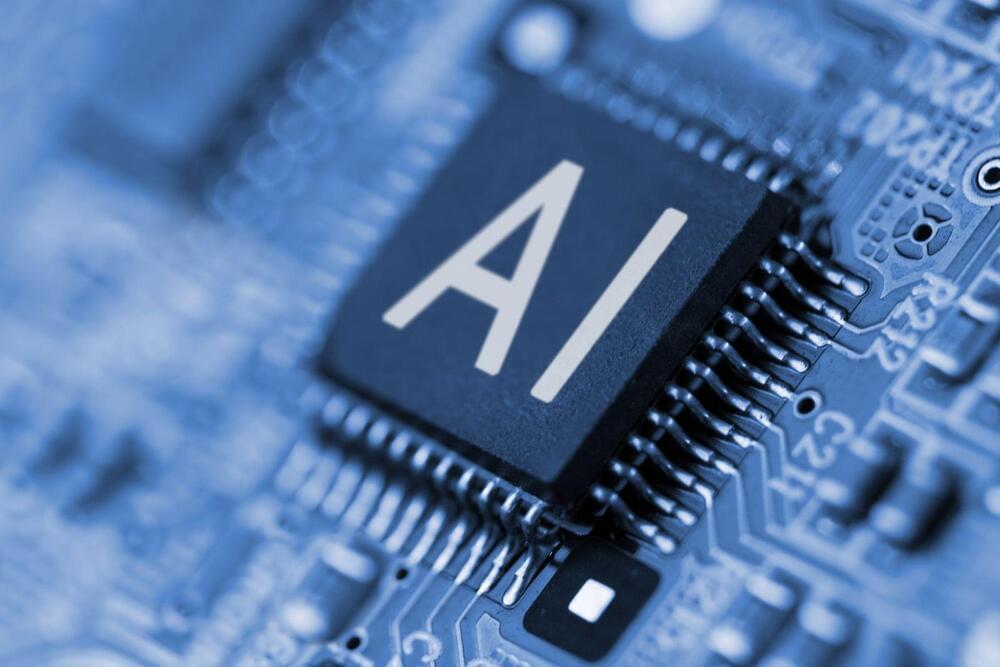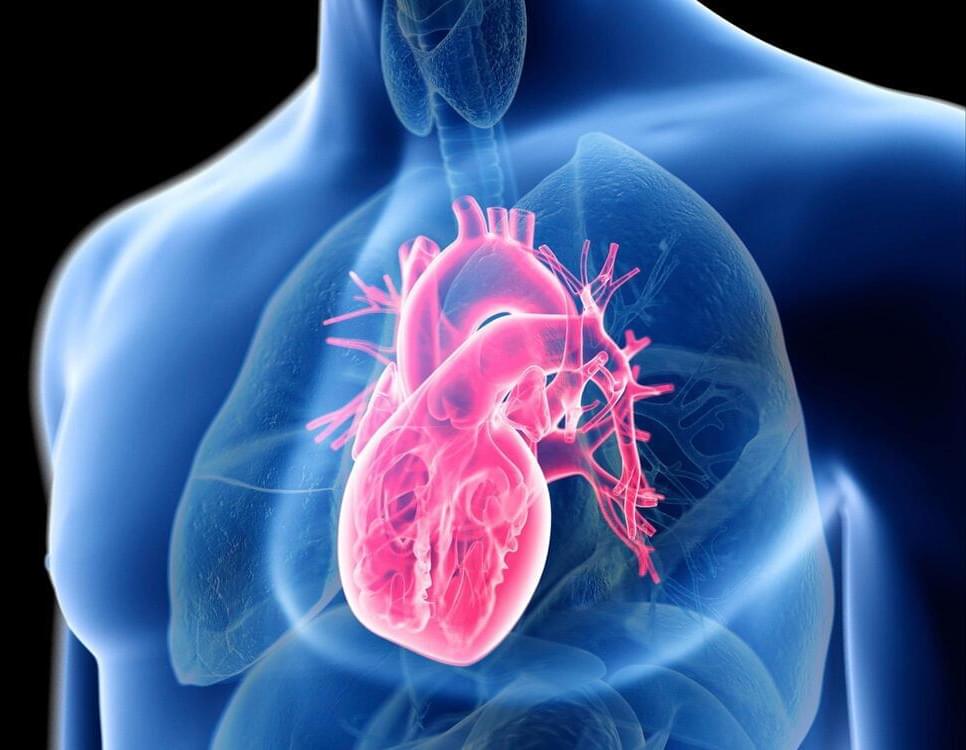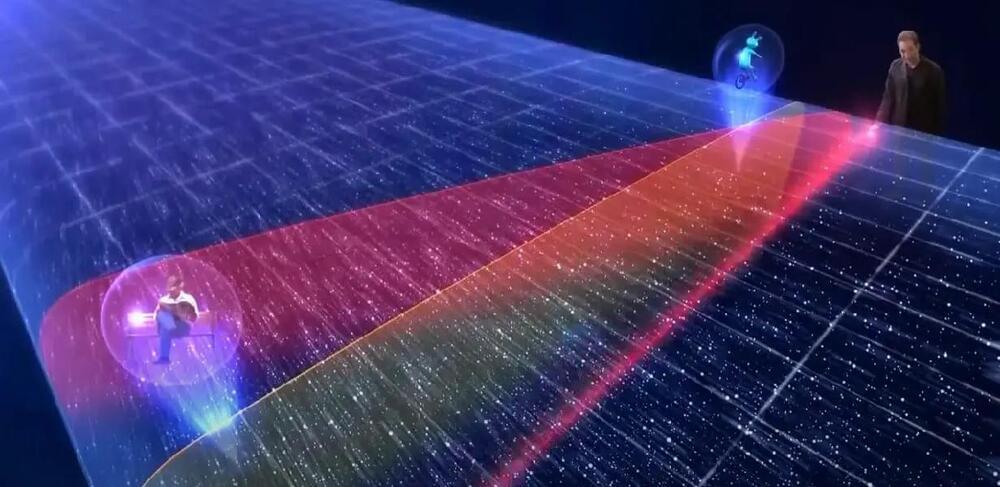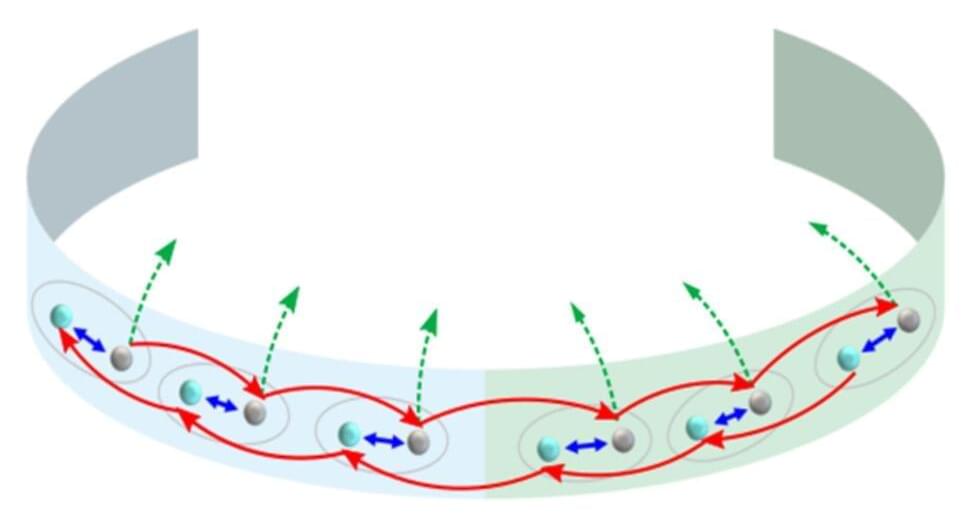An up-and-coming startup in the world of AI chips might be giving Nvidia a run for its money.



Life insurers and those offering income protection and permanent disability insurance will be banned from using genetic testing to refuse cover, or hike up charges, for a range of insurance products.
The federal government announced on Tuesday it would ban the practice that saw consumers discriminated against if they disclosed the results of genetic tests that predict their likelihood of an inherited disease.
It comes after consultation to address genetic discrimination in life insurance earlier this year. More than 1,000 submissions were received with 97 per cent supporting a total ban.
NASA’s Valkyrie robot is an intimidating figure. It is currently being put through its paces at the Karda laboratory in Australia so researchers can work out what it would take to get a humanoid robot onto offshore energy facilities or into space. New Scientist‘s James Woodford took the controls to see what the $2 million-plus device is capable of.

The Polaris Dawn crew were finally able to embark early Tuesday on the thrice-delayed spaceflight, where by Thursday they should attempt to become the first nongovernment astronauts to conduct a spacewalk. In the predawn hours, billionaire entrepreneur Jared Isaacman and his crew boarded a SpaceX Dragon capsule perched atop a Falcon 9 rocket, which lifted off at 5:23 a.m. EDT from NASA’s Kennedy Space Center in Florida.
Ahead for the private astronauts – who spent three weeks in quarantine awaiting the launch – are five days in orbit testing out SpaceX technology that could be crucial for future deep-space exploration.
If you missed the launch, here’s how to rewatch SpaceX’s Polaris Dawn mission get underway.

UC San Diego researchers have identified a new inflammatory mechanism in the heart’s borderzone after a heart attack, driven by stressed cardiomyocytes. This discovery may lead to novel therapies aimed at preventing heart failure by targeting mechanical stress, DNA sensing, and IFN signaling.
Ischemic heart disease is the leading cause of death globally. It typically starts with a heart attack, or myocardial infarction (MI), during which part of the heart muscle dies because it doesn’t receive enough blood from the coronary arteries. This event triggers intense inflammation, changes to the structure of the heart wall, and eventually can lead to heart failure.
Anti-inflammatory drugs have been surprisingly ineffective at preventing heart failure. As a consequence, they are not a routine part of post-MI care. However, it is possible that the most potent molecular and cellular inflammation targets have yet to be discovered.

The world’s first flight test for an aerospike rocket engine ended in disaster, but Polaris Aerospace is back on track, preparing to fly two new prototypes for its MIRA supersonic/hypersonic aerospike spaceplane platform within weeks.
Immediately after the MIRA I crashed upon takeoff, Polaris Spaceplanes stated it would be going forward with the MIRA II and III. True to word, Polaris has unveiled two new, yet-to-be-fully completed airframes in a recent LinkedIn post.
The MIRA II and III are identical 16.4 ft (5 m) airframes with 30% more wing area than their predecessor, the MIRA I. Polaris opted to create two identical airframes in order to speed up flight testing as well as have a “reserve” aircraft if need be. “In addition,” writes the team, “the design has been greatly improved compared to MIRA with incorporating all the lessons learnt so far.”


Surprisingly, your past, present, and future could be happening right now, all at the same time.
The block universe theory suggests that time doesn’t flow and all moments—past, present, and future—exist simultaneously in a four-dimensional space. This challenges our conventional experience of time as a linear progression. According to Dr. Kristie Miller, traveling to the past or future might be possible, but changing events isn’t; you’d only fulfill what’s already set. Critics argue that the future can’t be predetermined, with models like the evolving block universe proposing a growing spacetime block. While the debate continues, this theory reshapes our understanding of time and existence. Don’t forget to share your thoughts and join the discussion below!
We seem to experience time as moving in a single direction. After all, we can’t just leap forward to the future or revisit our past whenever we wish. Every minute of every day seems to push us forward, dragging us through life towards an inevitable end. At least, that’s the traditional perception of time. But what if your present, past, and future all exist simultaneously? From this perspective, time wouldn’t flow at all.

Well, that’s it, actually. The sentence has been signed, the money has been allocated to the executioners. For now, one billion dollars, and then we’ll see how it goes. Since NASA has decided to deorbit the ISS itself, the cost may increase considerably. But this will not surprise anyone, this is the norm in the USA.
Moreover, if political motives are involved, they cost more. If Roscosmos carried out such an operation, most likely, it would cost less, if only because it has everything for it. And NASA has nothing.
